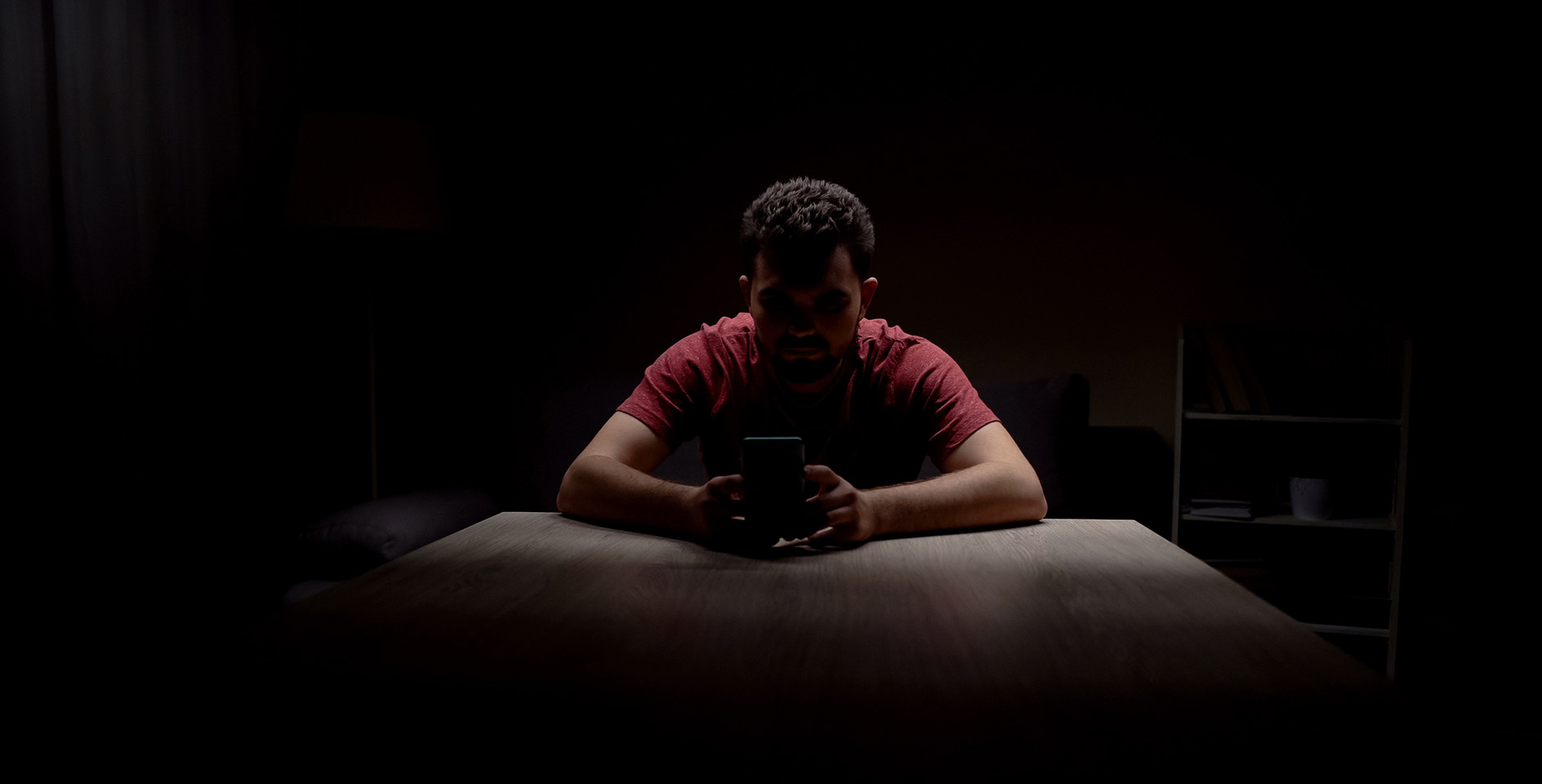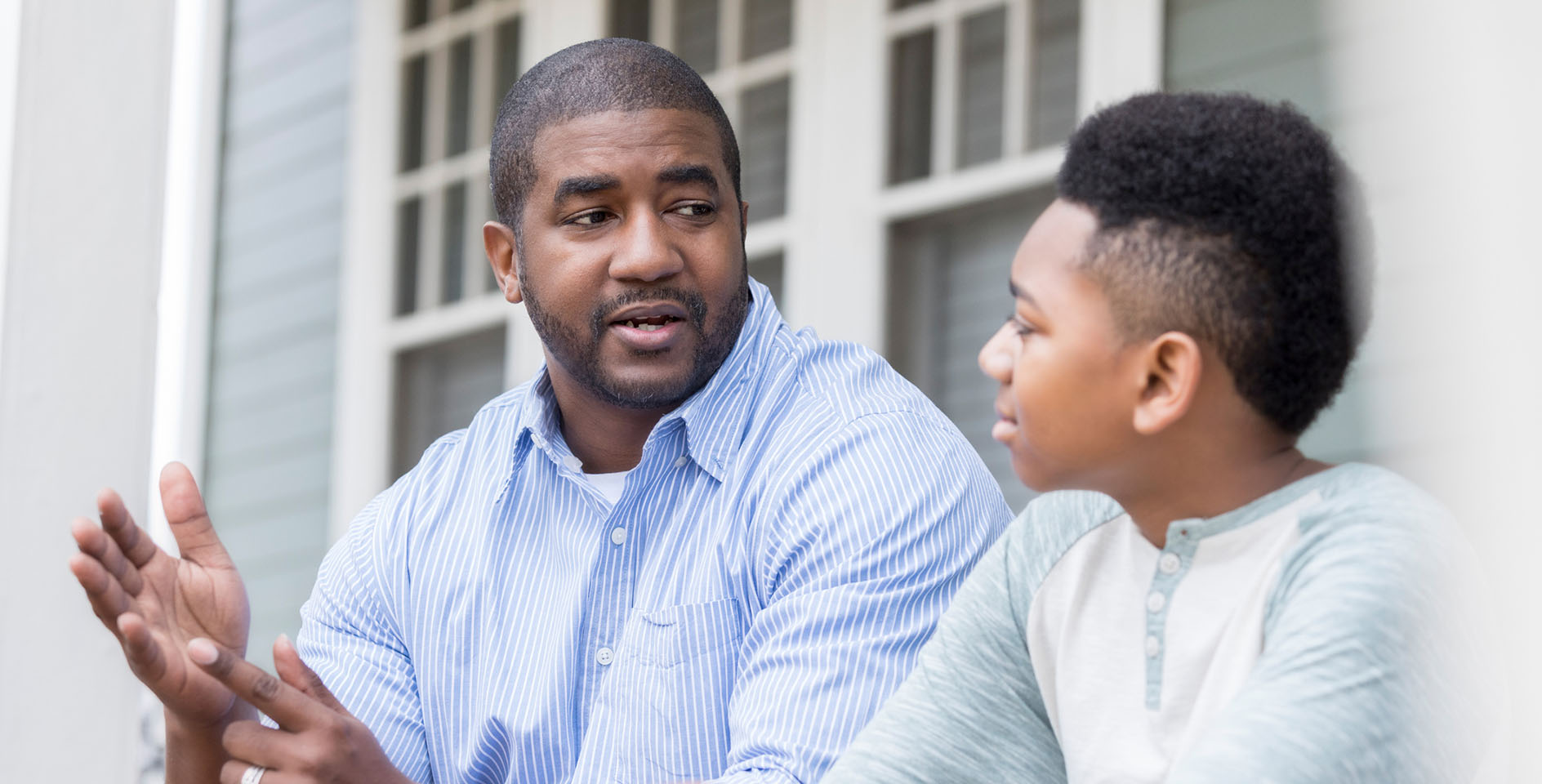You walk into your 11-year-old son’s bedroom. His back is to you. Over his shoulder, you can see that on his phone he is watching a pornographic video clip that contains violence. How you react then may well have a significant impact on the rest of his life. Will you yell, ignore it, freak out? The best thing you can do as a parent is have a calm conversation with him about it, based on the facts of what pornography does to him, and to others. Are you ready for that conversation? If you are not sure you are ready for that conversation, then I have written a book with you in mind.
Why I wrote a book about pornography
Not long ago, the harmful nature of pornography struck me in the face and shocked my conscience. While researching ways to prevent sexual violence on college campuses, I was struck by how the pornography industry undermined my work without mercy. I wrote Protecting Your Children from Internet Pornography: Understanding the Science, Risks, and Ways to Protect Your Kids with the intent of shocking your conscience as well. Like all parents, I know you want what’s best for your kids. And in this day and age, it isn’t always easy to know what’s best. Even if you have strong opinions on what might be harmful to your children, protecting them can feel unrealistic or even impossible. But we must do our best to help our kids navigate a world where people seek to turn a profit by turning sex and sexual violence into a product and selling it to our kids. I’m here to help you understand the many ways that porn can hurt your kids and what you can do about it.
Porn is violent
In the past few decades, the violence that kids (and others) have been exposed to in pornography has grown from occurring in a small niche market, to being more common, to being in almost every scene1A. J. Bridges et al., “Aggression and Sexual Behavior in Best-selling Pornography Videos: A Content Analysis Update,” Violence against Women 16 (2010): 1065–85. and image.2J. Peter and P. M. Valkenburg, “Adolescents’ Use of Sexually Explicit Internet Material and Sexual Uncertainty: The Role of Involvement and Gender,” Communication Monographs 77 (2010): 357–75, https://doi.org/10.1080/03637751.2010.498791. Pornography scholar Megan Tyler notes that the early 1990s brought in a new level of violence into mainstream pornography. In the late 1990s, violence increased further. Most recently, acts so violent in pornography that they lead women to vomit are mainstream.3Meagan Tyler, “Now, That’s Pornography!,” in Everyday Pornography, ed. Karen Boyle (New York: Routledge, 2010). Scenes degrading women by showing men’s bodily fluids on their face are now commonplace on the internet.4S. Gorman, E. Monk-Turner, J. Fish, “Free Adult Internet Websites: How Prevalent Are Degrading Acts?,” Gender Issues 27, no. 3 (2010): 131–45. Though some pornographers, and those who support them, occasionally play down the violence in pornography, scholars who study pornography note that men in the industry celebrate the fact that their work is abusive.5Meagan Tyler, “Now, That’s Pornography!,” in Everyday Pornography, ed. Karen Boyle (New York: Routledge, 2010).
One of the most important things about pornography that we need to understand as parents is the way that it objectifies the people in porn, particularly the women. At some point in your life, you have probably heard the phrase “pornography objectifies women.” Essentially what this means is that pornography turns a human being into an object to be acted upon, without agency, and without humanity. Objectification in pornography isn’t just a philosophical statement; it is fact supported by strong evidence. Research has shown that the more pornography men use, the more they see women as objects, not as people.6R. C. Seabrook, L. M. Ward, and S. Giaccardi, “Less than Human? Media Use, Objectification of Women, and Men’s Acceptance of Sexual Aggression,” Psychology of Violence 9, no. 5 (2019): 536–45, http://dx.doi.org/10.1037/vio0000198. And given the content of pornography, it is no wonder that men see women in it as objects.
A 2020 study of internet video clips found that 45% of scenes in online pornography include at least one act of physical aggression. Spanking, gagging, slapping, hair pulling, and choking are the five most common forms of physical aggression.7Niki Fritz et al., “A Descriptive Analysis of the Types, Targets, and Relative Frequency of Aggression in Mainstream Pornography,” Archives of Sexual Behavior 49 (2020): https://doi.org/10.1007/s10508-020-01773-0. Furthermore, in pornography with aggression, women are the target in 97% of the scenes, and the response that they have been told to have during the aggression, while they were being filmed, is almost always either neutral or positive. Men were the perpetrators of aggression against women in 76% of scenes.8Ibid. Thus, pornography teaches viewers that women like to be hit during intimate activity, sending the message that men’s violence against women is acceptable. This is a message that we obviously don’t want being sent to, or believed by, our children.
Why do you need to know about pornography if you don’t already? For too long, people have thought of pornography use as a private issue that wasn’t anyone else’s business. In fact, pornography is harmful to those who make it and to those who use it, and in turn, harmful to sexual partners or victims who may be hurt by the mistaken point of view that women like to be objects of violence.
Practical suggestions
If you were to find your 11-year-old son looking at pornography, my advice as a father and as someone who has studied pornography for many years is to build on the relationship you have built with your son and have a calm conversation with him about it. Discuss how it is natural for him to be drawn to these images, but these pictures are harmful to his development as a person. The following questions can be a helpful guide in such conversations with your children.
Children who are 8–12 years old
- If someone showed you a picture of people who didn’t have their clothes on, what do you think you would do?
- Do you think it is okay to watch videos where people have no clothes on?
- If you are over at a friend’s house and they told you they wanted to show you something cool but that you can’t tell your parents, what would you say?
Children who are 13–17 years old
- When your friends hand you their iPhones or iPads, what kinds of things do they show you?
- In the past, what have you done when a friend of yours handed you a smartphone and it had pictures of people who didn’t have clothes on?
- How did looking at the pictures make you feel inside?
- Were any of the images you’ve seen in pornography violent?
- What do you think the makers of pornography want you to think when they show violent content in their video clips?
- If you based your views on what sex should be like on the pornography you have seen, what do you think the consequences of that decision would be?
The sad reality is that in our day and age many of our children will most likely be exposed to pornography at some point in time. But the good news is that we can do things today that will equip them to flee that temptation. The power of God’s Word—filled with the truth that God made us in his image and bestowed value upon us, calls us to respect and care for those around us, and has a plan and design for our sexuality—is stronger than the schemes of the enemy. We can pray and trust that the Lord will use our efforts to help our children see pornography for tje evil that it is and see God’s way as best.
***
The following is an adapted version of Chapter 1 from the book “Protecting Your Children from Internet Pornography: Understanding the Science, Risks, and Ways to Protect Your Kids” by John D. Foubert, Ph.D. (Northfield).










